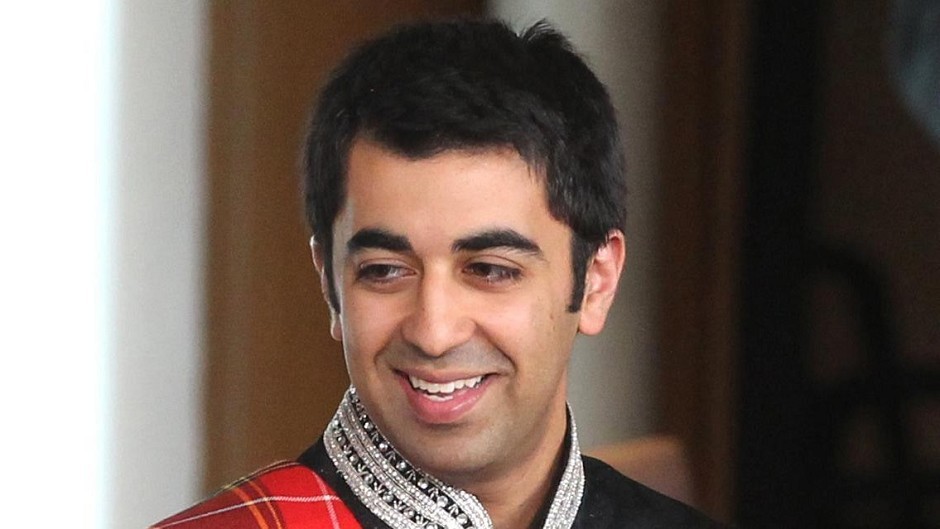New data “busts” many of the misconceptions about migrants being a drain on the economy, it was claimed yesterday.
Government figures showed that migrants had higher levels of education than the Scottish population as a whole and were just as economically active.
Aberdeen and Edinburgh had the highest proportion of people born outside the UK of any Scottish council area.
An analysis of the 2011 census showed that 35,500 people, 16% of the Aberdeen population were from outside the UK.
The percentage was the same as Edinburgh, and slightly higher than Glasgow at 12%. The three cities housed half of all migrants.
Half of migrants (49%) held at least a degree level of qualification compare to 26% of Scotland’s population as a whole.
The data also showed that migrants aged 16 to 74 were equally likely to be economically active as the population as a whole.
Minister for Europe and International Development Humza Yousaf said the figures showed migrants were well educated, worked hard, in good health and had much to offer.
“This data busts many of the misconceptions that exist about the impact and contribution of migrants in Scotland. It demonstrates that most of our migrants are here to study, work and contribute,” he said.
“In particular, migrants who have come to Scotland from other European countries within the last ten years are most likely to be economically active, and of those from outside Europe who were less likely to be economically inactive, almost a third are here to study.
“This data highlights the positive contribution that migrants make to Scotland’s economy and society, and the role they can play in addressing Scotland’s demographic challenges.”
John Tomlinson, interim chief executive of Grampian Regional Equality Council (Grec), said: “Grec welcomes this report demonstrating as it does the considerable value that migrants bring to our economy and our communities in the north-east of Scotland.”
